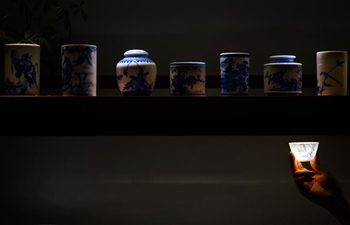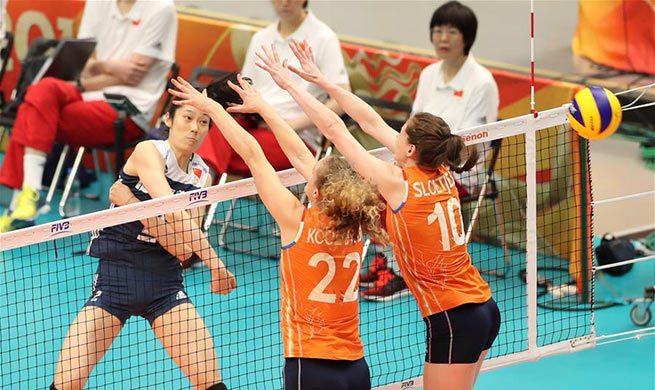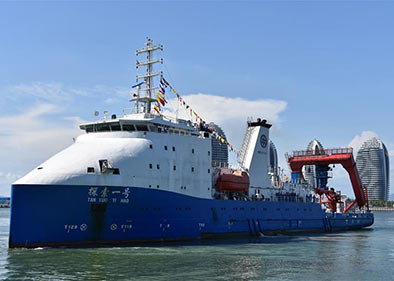SAN FRANCISCO, Oct. 20 (Xinhua) -- U.S. scientists at University of California, San Francisco (UCSF) have developed a new drug that can restore the function of oxygen-starved heart tissue under the conditions of hypoxia, according to the results of a new study released over the weekend.
The new drug called OMX-CV was developed by Omniox, Inc., one of the first biotech startups launched in the incubator space on the UCSF's Mission Bay campus in 2010.
The biopharmaceutical company has been developing oxygen-delivery therapeutics for the treatment of cancer, cardiovascular diseases, trauma and other conditions in which low oxygen levels, or hypoxia, negatively impact disease outcomes.
The new drug does not cause systemic side effects or overcorrect with excessive blood oxygenation, which can itself be toxic. It delivers its precious oxygen cargo only to the tissues that need it most.
The UCSF researchers have tested the treatment and found the new oxygen-delivery therapeutic is capable of restoring the function of oxygen-starved heart tissue in an animal model of global hypoxia.
Their findings were published in the journal PLOS Biology on Thursday.
The tissues of human body can suffer major damage if they are running low on oxygen, and such hypoxic conditions can lead to long-term tissue damage or even heart attacks.
"Any tissue with compromised blood flow, whether due to trauma, stroke, or heart disease, could potentially be targeted by a treatment like this," said Emin Maltepe, associate professor of pediatrics at UCSF and co-senior author of the study.
Unlike hemoglobin-based drugs that sometimes pump excess oxygen into blood, which produces adverse side effects, OMX-CV sidesteps these problems by employing an engineered bacterial protein known as H-NOX as its base, rather than hemoglobin.
Maltepe and his team modified the chemical structure of H-NOX proteins and reengineered them to hold tight to oxygen, but leave nitric oxide alone.
The modified proteins bind oxygen tightly until they met a severely hypoxic tissue to release oxygen that was in bad need.
"OMX-CV is fine-tuned to only release oxygen under pathologic conditions... Relatively small doses of the drug transform the capacity of the heart to keep up in the face of severe hypoxia," said Ana Krtolica, vice president of research at Omniox and co-senior author of the study.
The U.S. scientists also hope that OMX-CV can be further applied to pediatric care, particularly when it is used as an oxygen-delivering drug to ease the physical stress of hypoxia and improve recovery following heart attacks or after open heart surgery in both adults and children.













